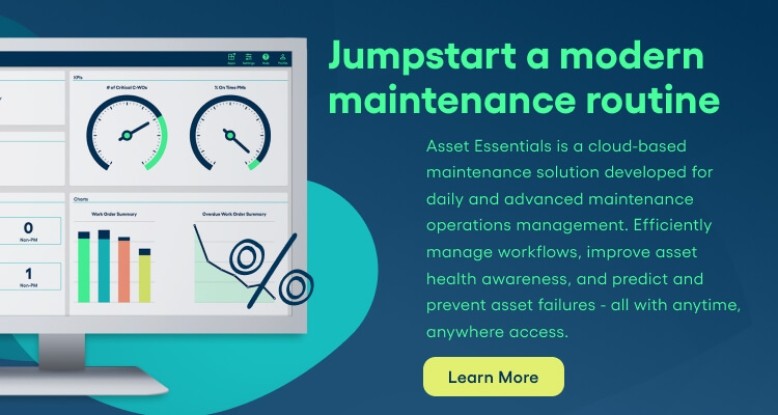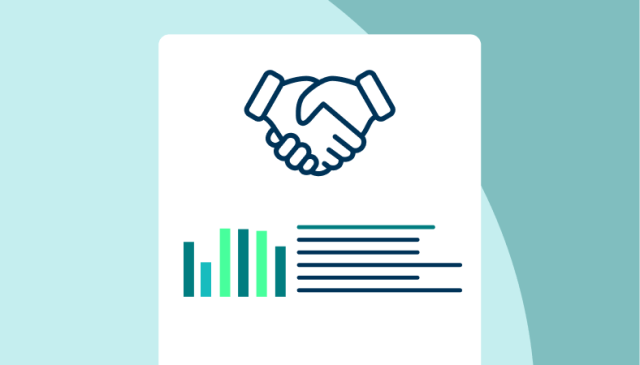Emergency Preparedness: 10 Questions You Must Ask Yourself
We noticed this is a bit old. Check out our updated Disaster checklist: 5 questions to ask before you need to and our new, improved, and downloadable Emergency Preparedness Checklist.
Have you asked yourself these questions about being prepared?
What happens if disaster strikes your community? How will you and your employees begin the process of recovery after an emergency?
The key to a smooth response and recovery is preparation.
Here are 10 questions to ask yourself about your emergency preparedness:
1. Is our disaster response plan documented?
Do you have a documented plan which outlines who, what, where, when and how? It should cover:
- How everything will be managed
- What resources are needed where in the aftermath
- How information will be disseminated
- How media relations and community relations will be handled
- A medical response plan
Drills should be done based on the plan to test it out.
2. Do you have an inventory of hazardous substances within your facilities?
Most facilities have some sort of hazardous substances stored somewhere. There may be health or safety concerns if those materials are exposed to extreme heat, and rescue workers and emergency coordinators need to be aware of those risks. You should know (and document) what you have and where they are located, including things like cleaning solutions and solvents. If any hazardous materials exist in your building materials, those should also be identified. Update your records regularly to ensure accuracy in the types, quantities and locations of materials, and make sure that everyone has access to these lists in the event they need them.
3. Who’s in charge?
This might change depending on the type of event, but it’s critical to have clear designations about who takes the lead in various situations. A clear chain of command is important to streamline the decision-making process so that it is as efficient as possible. Remember to let the professionals handle what they need to and support them the best you can. Emergency responders may need all kinds of different information during or after an event to help stabilize things – do you have that information? You need to know how to provide them with, say, building plans if they need them.

4. Is staff properly trained?
Make sure you involve everyone in trainings and when you practice the plan, not just your core team. Each person should clearly know their role. Involving everyone from top leadership down in drills helps iron out wrinkles and raise questions that can be addressed ahead of time to minimize confusion during an event. Training and drills also help you understand people’s capabilities for performing certain tasks. Ask your insurance provider about any available training to help you minimize risk.
5. What’s the plan for communication?
Have a clear plan for how you will disseminate communication to various groups: employees, citizens, building occupants and the media. If members of the media show up, everyone should know who can talk to them, and they should be the only ones giving out information. If cell service is out, do you have other methods to reach people? There are options for mobile apps that will overcome this very problem and ensure that all employees have the information they need, when they need it.
6. How will work be documented during the recovery process?
After a disaster, you may be asked multiple times for documents by government agencies and insurance companies, so it’s best to decide beforehand how labor hours and costs will be tracked. A detailed list of all assets recorded in a protected system is ideal, such as in a computerized maintenance management system (CMMS). You may need to provide records of work tasks performed on equipment, such as gutter cleaning or fire system tests. A picture is worth a thousand words, so, if possible, document the current state of buildings and equipment before a disaster hits. It’s quick and easy for technicians to use a mobile phone to take a picture of assets as they work on them and attach it to the work being done. See it in action by requesting a demo today!
7. What’s the plan for volunteers?
People will show up who want to help with the recovery process, so there needs to be a plan for coordination. For safety, there should be an age limit for volunteers. If possible, you should have a sign-in sheet to track who is helping. Safety is just as much a concern for volunteers as it is for your own employees, so require or provide the appropriate safety equipment like hard sole shoes, gloves or vests. Provide plenty of water and know people’s limits. Assigning people to smaller teams allows for more oversight and better coordination of who is doing what.
Listen in to our podcast on disaster preparedness: Preparing Before & After the Storm
8. What mutual aid agreements are in place?
A mutual aid agreement can be incredibly helpful in the wake of a disaster because a plan has already been established to address the legal, technical and procedural issues for when one governmental agency must help another. Having a formal, written mutual aid agreement is critical because questions surrounding things such as liability and compensation are already agreed upon, as opposed to being issues that add confusion to the chaos after an event. FEMA will only reimburse expenditures related to mutual aid if the agreement was written and signed prior to the disaster.
9. Do we have back-ups for essential personnel?
The loss or absence of even one or two key people can greatly hinder response efforts, so back-ups should be identified well in advance. Those who are back-ups should participate in all trainings and drills as if they were the main point of contact for that position.
10. Do we have a unified front?
It’s important to make sure that everyone in the chain of command knows what they need to be doing and they are all prepared to work together in a unified manner. An emergency is the worst time to have miscommunications or people unclear about what they should be doing. Everyone should support the emergency coordinators and other key personnel to the best of their ability. Choose the positions for your personnel carefully to ensure this is the case. A unified front is key to stabilizing the situation and setting your community up for the best possible recovery.





